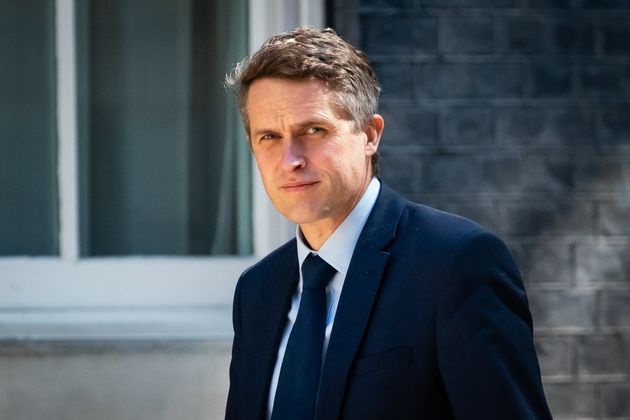
Coronavirus has changed everything. Make sense of it all with the Waugh Zone, our evening politics briefing. Sign up now.
Some schools in England “cut corners” on Covid-19 safety guidelines by running larger class sizes when they reopened to more pupils, a new survey suggests.
The survey by trade union Unison found that more than one in five (22%) of support staff reported their primary schools operating classes of greater than 15 pupils, the cap recommended by public health experts.
In a bid to meet the government’s June 1 deadline to take in extra children, nursery school class sizes of eight children were also breached, according to nearly half (48%) of those surveyed.
The data was compiled from more than 8,000 employees, of which seven in ten (71%) are teaching and learning support assistants working in primary, nursery and special schools in England.
Schools have been operating protective bubbles – containing a fixed number of pupils and one teacher – that don’t interact with other classes through the day. Reception, Year 1 and Year 6 were all allowed back into classrooms last week.
The system recognises that young children cannot realistically obey the 2m rule on social distancing for adults, but it relies on a cap on pupil numbers to be effective.
The results came just days after education secretary Gavin Williamson was forced to abandon Boris Johnson’s “ambition” to get all primary pupils back at school before the summer for four weeks of classroom time.
With secondary schools reopen to more pupils from next Monday, the figures suggest that some schools are finding it difficult to stick to the guidelines due to a lack of staff.
In a little-noticed remark, Williamson suggested in the Commons this week that he was ready to look again at the 15-pupil limit, hinting it could rise if the cases of coronavirus continued to fall.
“The limit of 15 children per class obviously limits the ability to have as many year groups in school as we would like, but as that is changed, we will have the ability to slowly and cautiously move forward and welcome more children back to school when it is the right time,” he said.
Unison’s head of education Jon Richards said: “This survey shows the pressures schools have been under to meet the June deadline.
“The result is some corners have been cut, with staff either not consulted in time, or not at all in some cases.
“Now unions, staff and ministers must work together to get many more pupils back in September. Children and staff must be brought back safely, and parents allowed to get back to work.”
Several unions are determined to support the most disadvantaged pupils hit hardest by the lacks of classroom time, exploring new ways to get either laptops or other provision to them.
The Unison survey also found that nearly one in five (19%) teaching support staff said they weren’t consulted on their workplace risk assessment in good time before the wider reopening.
Some four fifths (80%) of respondents said their school or nursery has not provided any detail on how the government’s ‘test, trace and isolate’ system will work in their area.
A third (33%) said their school or nursery is not allowing staff to use personal protective equipment (PPE) if they wish to – and almost a quarter (23%) said they were not given it even after a risk assessment was needed.
The Department for Education said it would expect all schools to follow its published guidance, which says for primary schools, classes should normally be split in half, with no more than 15 pupils per small group.
A spokesperson said: “Last week marked the first, cautious step in a phased approach to bringing more children back into the classroom, with secondary schools and colleges beginning to provide some face-to-face support to more students from Monday.
“We will be supporting primary schools that have capacity to bring back more children – with reduced class sizes of 15 – to do so if they can before the summer holidays, and we will be working with the sector to bring all children back to school in September.”